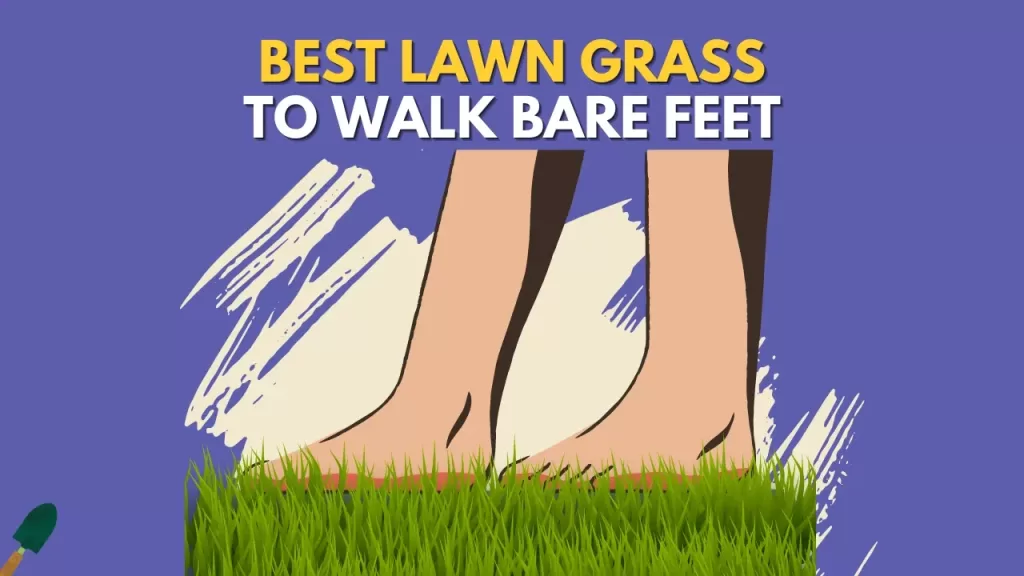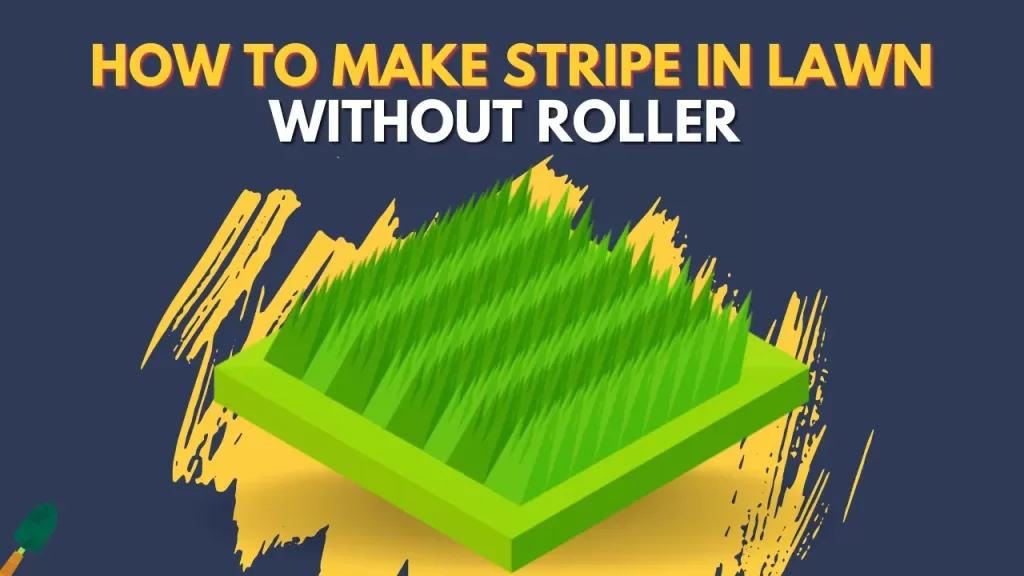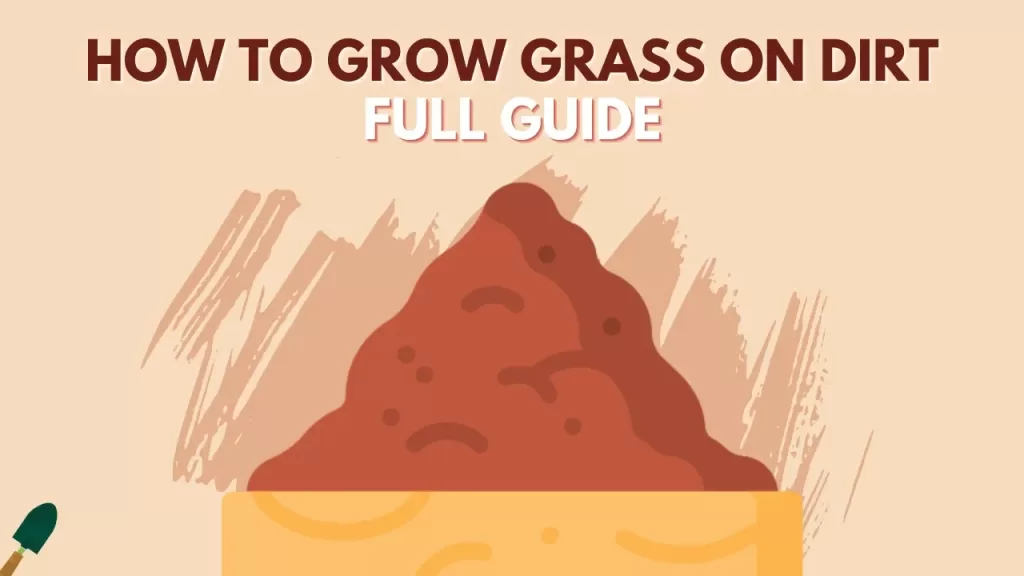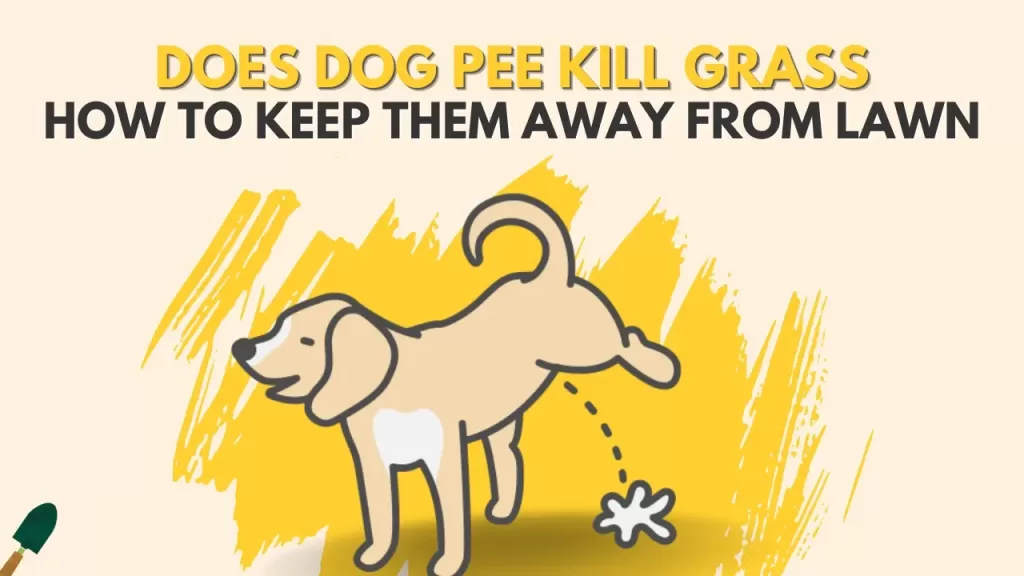Pampas grass, large clumps of lush, grass-like foliage with feather-like white flowers. Everybody is familiar with this grass as it is an ornamental grass and is popular in many landscapes. While they are extremely easy to grow in your garden and lawn, it’s important that you know what you are getting into and where this grass grows best.
Pampas grass is a perennial grass native to Brazil, Argentina, and chile. But now it is popular everywhere in the world and used as an ornamental plant. Pampas grass likes to grow in sunny areas with a full day of sunlight but can tolerate some shade and needs loose soil with good drainage. In the United States, pampas grass grows from zone 6 to zone 11.
So if you live in any of these areas then you can easily grow pampas grass but first, let’s discuss in detail what pampas grass is and what are the best areas to grow pampas grass.
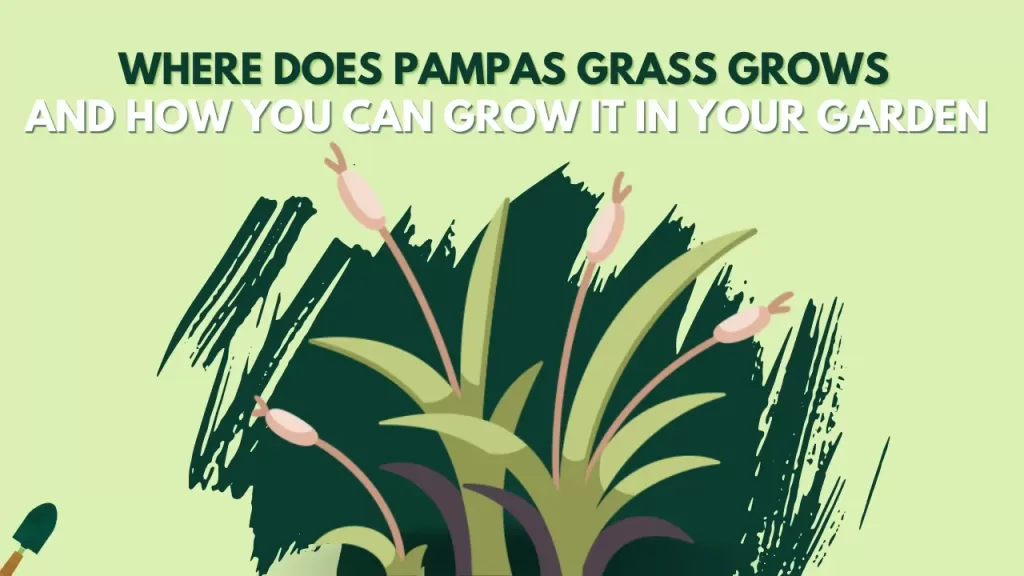
What is pampas grass?
Pampas grass, also known as Cortaderia selloana, is a perennial plant that grows in cooler places and is native to Brazil and Argentina. Pampas grass is a big plant that can reach up to 10 feet tall when fully mature and can be 4 to 6 feet wide. This makes the plant a very good way to create a private space in the garden or lawn. In late summer the plant grows silver Plumes which rise several feet from the plant. Now pink and other color plumes can also be found and grown in the landscape.
In some regions, pampas grass is defined as an invasive species as it is a very hardy plant that doesn’t need any care or help to grow and can grow very quickly in areas suitable with full sunlight. Pampas grass flowers have a lot of seeds in them which can travel through air or animals and can establish themselves in bare woodlands or footpaths.
The pampas grass is also drought-resistant and can survive in a dry climate as well. Pampas grass is also deer resistant as the grass has sharp leaves which can make cuts in the skin and are not suitable for eating.
Pampas grass starts to grow in spring after the last frost is over and the blooming period starts in August to September. The plant stops growing before the first frost of the season and doesn’t grow much in the winter.
Where does pampas grass grow?
So if you want to grow pampas grass, the best place to grow pampas is where the grass can get full sunlight as the grass grows well in full sunlight but can tolerate some shade. Keep in mind that it can’t handle full shade or too much shade. So plant the pampas grass in an open area of the garden or lawn or on the side of the landscape so that other plants don’t shade over the grass.
Another thing to consider where to grow pampas grass is the soil type as pampas grass is a drought-resistant grass, it doesn’t like moist soil. So loose soil with good drainage is crucial for the pampas grass to grow very well.
So to plant pampas grass in your lawn or garden consider an open space with loose soil as the plant can grow up to 10 feet tall and 6 feet wide taking a lot of areas. Pampas grass can also tolerate salt spray and can grow very well at the seaside. This is why you see pampas grass on lawns and resorts near the sea.
Where does pampas grass grow in the United States?
In the United States, there are several areas where pampas grass grows very easily, without any effort. Pampas grass grows from USDA zone 6 to zone 11 which are most suitable for this grass. This grass needs full sunlight, loose soil, and normal conditions, and not cold or damp conditions.
Can you grow pampas grass in your lawn and garden?
Yes, you can grow pampas grass in your lawn or garden and by yourself as it is a very easy plant to grow and does not take much care to grow. Pampas grass is a hardy plant and drought resistant so you don’t have to worry about irrigation as it can take care of itself.
Let’s have a look at how you can grow pampas grass by yourself on your lawn or garden.
Guide to growing pampas grass
To grow pampas grass by yourself, you need to take care of 3 main things.
- Sunlight
- Loose and fertile soil
- Timing
Sunlight – sunlight is crucial for pampas grass to grow. So choose a spot where there is no shade throughout the day and don’t get any shade at all and also ensure that there is plenty of room for the grass to grow as the grass grows very tall and wide. This will make the grass thrive. Planting the grass on the side of the lawn or garden would be a great idea on the south side.
Soil – pampas grass is drought-resistant grass as we have talked about earlier so aerate the soil and rake it well to make it lose and make good drainage. You can pull up some of the soil from that part and replace it with sand to have good drainage. This will also ensure the grass grows well.
Timing – this is what we have not talked about yet. Pampas grass starts to grow after the last frost when the heat and light of the sun start to make an effect. So to have good growth and healthy grass, plant it after the last frost in the garden so that the grass will grow rapidly and also have flowers till August. After the fall the grass goes into dormancy period so don’t plant pampas in the winter months as it will not grow and you will be disappointed.
Now you know what things to consider for growing pampas grass. So let’s look at a step-by-step process.
- Select seed – the first thing is to select the best seed for your area as well as the species you want as pampas grass comes in different colors of plumes.
- Aerate the soil – After you have selected the seed, the next step is to prepare the soil by aerating it and doing a raking so the soil is loose and has drainage as pampas grass wants soil to develop roots.
- Sow the seed – sowing the seed is very easy as you just need to put the seed on top of the soil and not cover it up or rake it. Just put the seed on top and water deeply.
- Cover it up – if you have birds in your area then they can be a threat to the seeds as they can pick the seeds. To protect the seeds, cover that area with some net or mulch so that the birds can’t pick it up.
- Watering – keep the soil moist until you see some sprouts coming out from the area as pampas grass needs sunlight and water to germinate. After this you don’t need to worry about watering that much, just watering once a week would suffice the plant.
- Fertilize – after watering, put some fertilizer to give the seeds some boost to grow. This will make sure that the grass will grow fast and healthy. You can use Miracle-gro fertilizer for this purpose.
Drying pampas grass and its plumes
Pampas grass is ornamental grass and is used for decoration indoors and to use it inside first you need to dry the grass and its plumes. First, cut the flowers as soon as they fully emerge from the plant but before they get mature and start shedding. Place the stem in a cool and dry place and let it dry. After the grass is dried, put a light coat of hair spray 1-2 times to prevent shedding.

